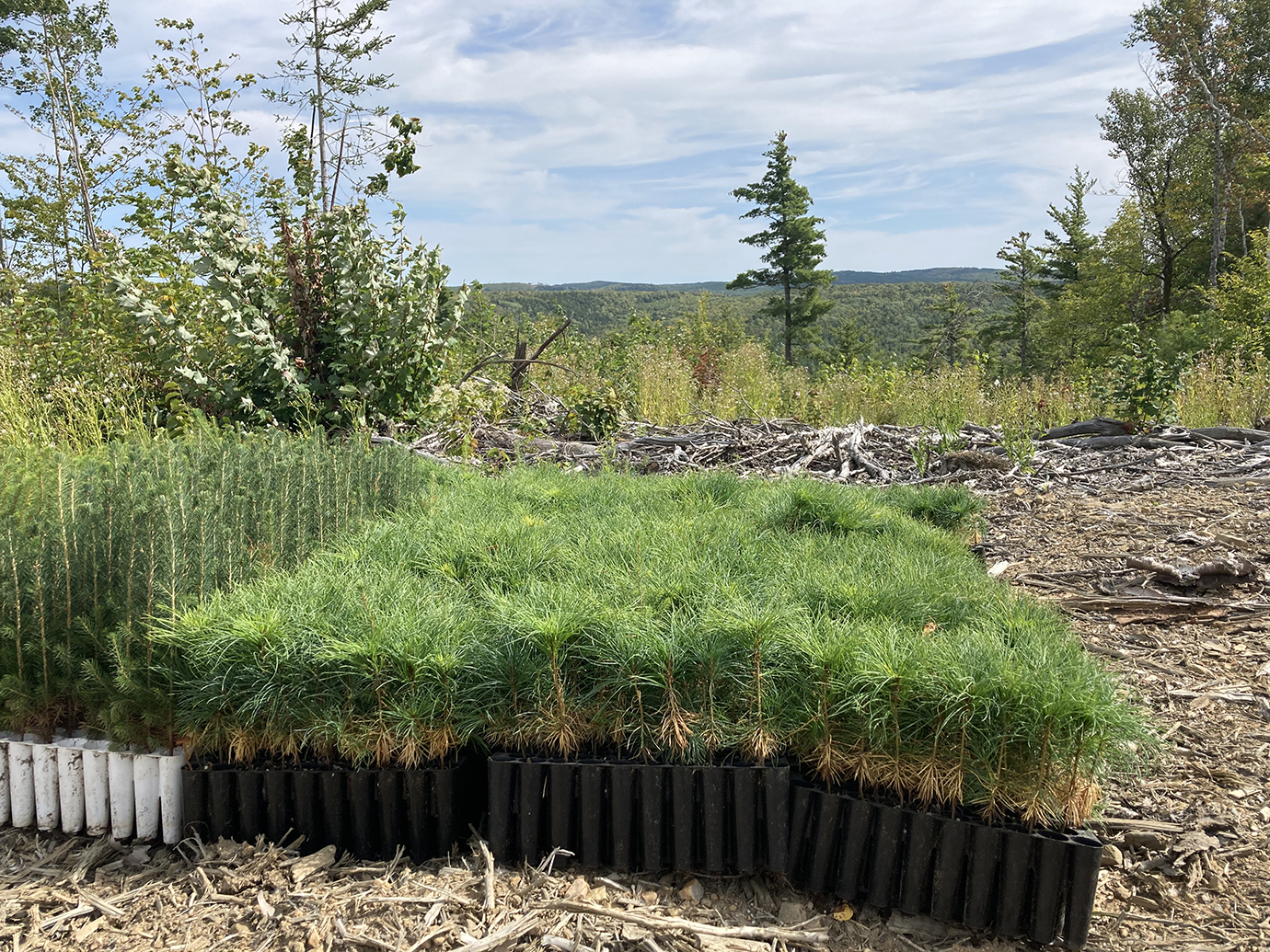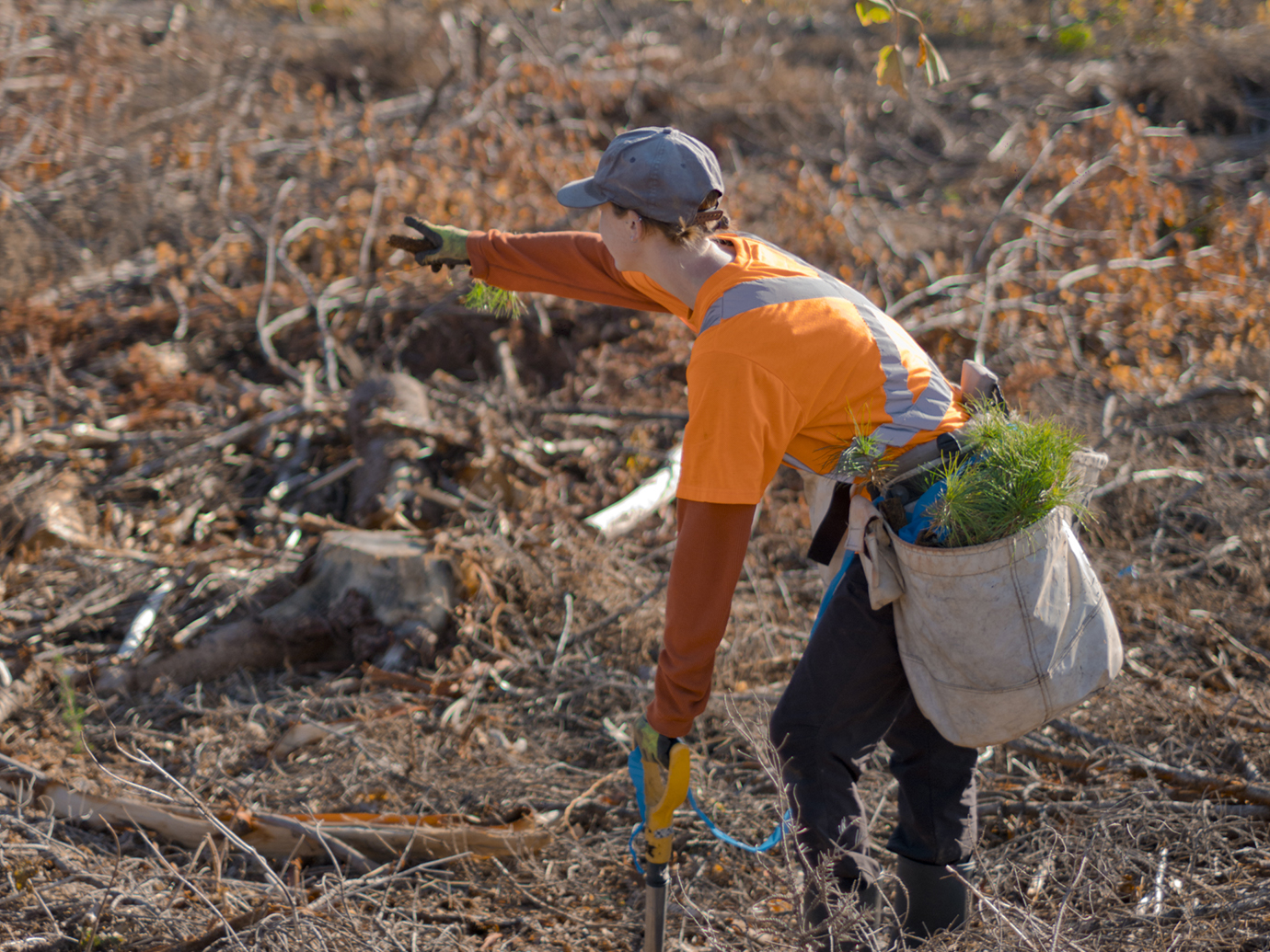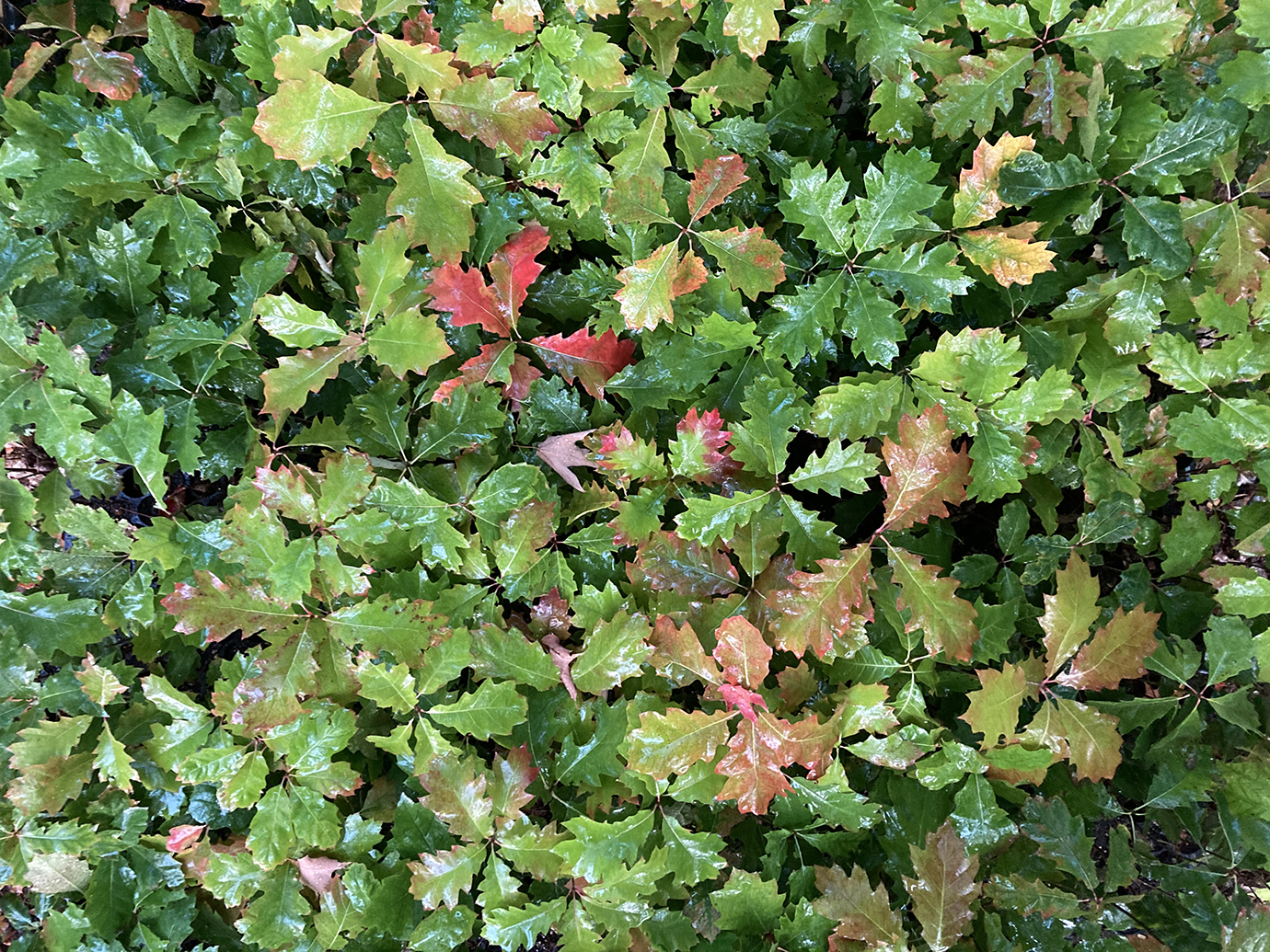The campaign was simple: every customer that switched to paperless eDocuments would be rewarded with a tree, planted somewhere in Canada in their honour. The goal was to reduce paper production by 1,548 metric tonnes. Two years and tens of thousands of trees later, an initiative to go “paperless" has seeded the beginnings of reforestation, new habitats, land restoration, cleaner air and cleaner waterways in regions across Canada.
The “E for a Tree" campaign was launched in 2020 through a partnership among RBC Wealth Management, RBC Foundation and Tree Canada
“Over the first two years of the deal, we were able to cover every region in Canada … also reflecting the demographic of the customers of RBC Wealth Management," says Gregory Hotte, director of development with Tree Canada, the only national non-profit group dedicated to planting and nurturing trees from coast to coast.

Tree Canada, which began nearly three decades earlier, has planted some 84 million trees across Canada, sequestering millions of tons of carbon pollution as a result.
Working with conservationists to pick prime planting locations
The first of two sites chosen in 2020 as part of the “E for a Tree" campaign was located in Riverdale, Manitoba. The land is managed by Manitoba Wildlife Federation

Some 3,400 kilometres east, in South Branch, New Brunswick, 10,000 spruce, pine, cedar, hemlock, oak and birch seedlings were planted to help restore land decimated by early logging. With just five percent of the mature Acadian forest left, the World Wildlife Fund
On the other side of the country, in British Columbia, an area owned by Mcleod Lake Indian Band
Partnering with First Nations as stewards of the land
“We plant 75–80 percent of our mass seedling program on First Nations land across the country. They're phenomenal partners and stewards of the land. We've got wonderful working relationships in every region with First Nations," Hotte says, adding that the broader Mcleod Lake project continues to expand and is now aiming for a capacity of two million trees.
“When you plant in B.C., you get a much longer growth pattern for the trees—they grow faster, they sequester more carbon—so it's a very effective way to plant over in B.C. But equally important are the environmental concerns in every region."
Tree planting in B.C., where different native species are adapted to the West Coast climate, benefits from a longer planting season—starting as early as March and ending as late as the end of November or early December.
Two other sites were chosen in 2021—in Quebec and Ontario—with 8,333 trees planted at each location.
Pointe-au-Père, QC, is an area so decimated that experts say it could take decades or even a century to regenerate. A variety of spruce, pine, cedar, hemlock, oak and birch species were planted to help restore forest cover in the area.
Wolfe Island, ON, owned by the Cataraqui Conservation
Choosing the right species of tree
The National Greening Program sites are generally chosen with the help of community advisors, contractors and nursery partners, says Hotte, with local experts deciding which sustainable, local and non-invasive species get planted and where.

Hotte says they usually plant a mix of native species to help ensure that if there's a future bug infestation, for example, only one species is impacted and the entire forest—and the ecosystem it supports—is not decimated as well.
Much of the land is privately owned, he adds, with agreements signed to ensure it'll remain protected for 25 to 50 years. Crown land is generally not considered, because the government cannot guarantee the land can be protected for that long. Sponsors would not want to plant trees only to find out a company came and cut them down for profit, says Hotte. Tree Canada also does not plant in drought zones or other areas where the chances of survival for trees is low.
The organization conducts one-, two- and five-year survival audits, and their 80 percent survival rate is at the high end of the average for trees planted, although there are variations in that number across different regions, due to local challenges.
At the close of the second year of the partnership, Hotte's counterparts at RBC also wanted to raise awareness within the bank and challenge employees. To that end, RBC has also partnered with Tree Canada on a white label carbon footprint calculator app that allows users to calculate their own carbon footprint, and they've set up community challenges—such as planting a tree—to help further reduce that footprint.
“We're planting trees and that's compensation for paper, but every tree we plant is also sequestering carbon, so there's a double impact," says Hotte.
Committed to a better future. Learn how RBC Wealth Management supports the communities where we live and work.
